#Self-drivingCars
You'll Have to Pry the Steering Wheel From Porsche's Cold, Dead Hands
Like BMW, which aims to keep gas-powered M cars in production for as long as humanly possible, Porsche is also making a commitment to motoring purity in the face of new technologies and government overreach. That circular device positioned in front of the driver? Porsche wants to keep it there.
The specter of Big Government and Big Safety conspiring to kill non-autonomous motoring is a real fear, one that’s been talked about more than a little here at TTAC. Call it the Red Barchetta scenario.
Porsche seems aware of it, too, though it tiptoes around the entity at the center of the issue. Nevertheless, the automaker claims a future Porsche “will be one of the last automobiles with a steering wheel.”
Jaguar Land Rover Enters the Autonomous Race, Test Vehicles on Public Roads
Jaguar Land Rover has taken its first steps into the scariest part of autonomous development — real world testing.
As most automakers are already deep into R&D work on self-driving cars, luxury manufacturers like JLR cannot afford to be late to the party. In today’s world, premium automobiles are less about ride quality or cabin space and more about having the latest and greatest tech. A big, comfortable car isn’t hard to come by — they used to build them all the time. They also aren’t particularly expensive, especially if you shop on the used market.
However, a 2005 Lincoln Town Car in the driveway doesn’t scream “prestige” to the neighbors. But an autonomous Range Rover that parks itself in the garage while you get the mail is something else entirely. If you had a vehicle like that, the guy across the street would have difficulty even holding your now-powerful gaze — shamed by his own car’s clear inferiority. Imagine what kind of price you might pay to have that kind of mastery over another person. Now you can see why this technology is so important to JLR.
Ford's Hackett: 'Dumb Cars' Will Be a Thing of the Past
“Ford’s future is not about giving up the car,” Jim Hackett, Ford chief executive officer, exclaimed at the Michigan CEO Summit in Detroit on Thursday. But he promises there will be “no dumb cars in the future.”
The executive was not assuring attendees that Ford has no plans to revive the Mustang II, rather, he was talking about the brand’s continued efforts to press onward into the development of electric, connected, and self-driving automobiles on a global scale. With Wall Street still fixated on tech, it would be surprising to hear any automotive executive say otherwise.
Carlos Ghosn: Car Ownership Will Not Be Replaced With Mobility
Everyone in the automotive industry is talking about a grand shift toward mobility, resulting in a future where nobody owns cars and we all putt around in autonomous pods. Well, almost everyone. Carlos Ghosn, who currently chairs the alliance between Nissan, Renault, and Mitsubishi, thinks that’s a crock.
While there’s plenty of executives keeping quiet on the evolution of ownership, few have come forward suggest business as usual will be the new status quo. Meanwhile, swaths of industry experts are pushing the notion that rental services, ride-sharing, and firms like Uber or Lyft will eventually replace the need for dealerships and garages.
Not Carlos.
Video: Check Out Waymo's Self-Driving Cars in Action
After spending most of last week showing off its tech to the media, Waymo is launching its driverless pilot program in Arizona. While the rides won’t technically begin for a few months, you can already get a taste of the action via video footage of company’s trio of testbed Chrysler Pacificas.
It’s impressive to see the Pacificas not run down any pedestrians, especially since none of them seemed to notice being approached by a van without a driver.
During a keynote speech at a tech conference in Lisbon, Portugal, Waymo CEO John Krafcik showed video of the firm’s test vehicles operating on public roads without any human supervision. “This wasn’t just a one-time ride or a demo,” Krafcik told the crowd. “What you’re seeing now marks the start of a new phase for Waymo and the history of this technology.”
Will Robot Cars Make Jaywalking Legal? Maybe, But There's a Cost
A report released this week suggests that if self-driving cars become our new normal, it may mean you can jaywalk with impunity again. As if New Yorkers, Chicagoans, and residents of other major cities don’t do so already.
The National Association of City Transportation Officials, a non-profit with represents cities on issues related to transportation, put out a report this week suggesting cities should allow pedestrians to cross streets anywhere, instead of just crosswalks. The report also says self-driving cars would usually be limited to 20 mph and would be able to use pedestrian-detection technology to slow down or stop in order to avoid hitting folks crossing the road.
Is Human Involvement a Liability When It Comes to Autonomous Driving?
Commuting is awful. Unless you’re fortunate enough to have spartanly populated backroads between you and the office, that drive to work can be excruciatingly dull — with the only excitement coming from near misses and whatever terrible jokes drive-time radio offers up during that hour. When you get right down to it, most daily commutes are little more than unpleasant ways to add miles onto the odometer.
Of course, with the promise of autonomous driving, that experience is supposed to transform into a worry-free jaunt. But there’s a problem. Most self-driving systems of the near future will require operators to pay roughly the same amount of attention they do now. After all, if your car miscalculates a situation, you’ll want to be ready to take over the instant something seems awry. If that’s the direction we’re heading with this technology, I’m starting to think it might just be easier to automate all of our jobs instead of the the method we use to get to them.
However, at least one self-driving firm has abandoned the development of features that would require human intervention — leaving the car to make up its own mind in an emergency situation.
Waymo Drops Comprehensive Self-Driving Safety Assessment, Tries to Educate Public
Autonomous cars have the unique capability to captivate the public’s imagination while simultaneously making them feel uneasy after considering things on a more practical level. A handful of self-driving related accidents, inconsistent development timetables, and a hands-off regulation strategy haven’t helped. But there is a sense that if the populace had a better handle on what went into making the technology work safely, some of their fears would be put to rest.
This week, Waymo — the relatively quiet autonomous vehicle arm of Alphabet Inc. — made an attempt to do just that. While also making a case for itself and the need for self-driving cars, the company released a 42-page outline of how its autonomous systems function. Written without a lot of technical jargon, the reading remains comprehensive and is one of the best attempts we’ve seen from a company to educate the public — rather than dazzle them with lofty promises.
Congress Will Be Bombarded With Autonomous Car Propaganda This Week
This week, the Coalition for Future Mobility — a recently formed automotive trade group representing major automakers and self-driving advocates — will roll out a bevy of targeted television spots, print ads, and social media posts specifically designed to encourage Congress to adopt legislation assisting the budding industry’s growth.
Earlier in the month, the House of Representatives passed a bill that would expedite the deployment of self-driving cars and prohibit states from blocking autonomous vehicle testing. This was immediately followed by Transportation Secretary Elaine Chao publicly outlining the NHTSA’s updated automotive safety guidance — which was less about ensuring the safe development of self-driving cars and more about destroying regulatory red tape.
The Senate is the final piece of the puzzle. Automakers want to make sure it’s seeing things their way before casting their vote on whether or not the industry gets the governmental green light.
Autonomous Cars Make People Uncomfortable - What Can Manufacturers Do About It?
There’s nothing that will convince me that the first wave of autonomous taxis will be anything other than mobile biohazards, providing a slightly less convenient solution to paying a man to let you ride in the back of his Toyota Camry for a few miles. However, I will give them a shot once they arrive — mainly out of curiosity, which puts me in the minority.
Gartner Inc., an American research and advisory firm that works specifically within the realm of advanced technologies, recently completed a survey where over half of its respondents said there was no way in hell they’d get into the back of a fully autonomous vehicle. Its findings echo an American-based MIT study from earlier this year, as well as a global survey from Deloitte. The consensus: most of the population doesn’t feel particularly good about self-driving cars.
Not to be a defender of unproven technology, but there’s also nothing stopping a human cab driver from driving you to the wrong destination before trying to murder you with an axe. It doesn’t happen often, but it is a possibility. Likewise, autonomous cabs pose some element of risk no matter how good a job manufacturers do with those early models. But you’re not likely to be the occupant of the one that does goes haywire. It’s a problem of perception more than anything else.
Talking With Lights: Ford Disguises Driver As a Seat to Scrutinize a Confused Public
Ford Motor Company has been funding research at Virginia Tech that takes an interesting approach to autonomous vehicle development. In early August, a reporter for an NBC affiliate in Washington D.C. filmed a video of a Ford Transit being driven by a man dressed up as the front seat of a car. Initially, it seemed like a strange campus prank. But it was later discovered that Virginia Tech’s Transportation Institute was doing research on how people would respond to a self-driving vehicle.
Apparently, they’ll approach it with a camera — even if it’s in the middle of the street or flying down the highway.
Ford later released a series of hysterical images featuring the man climbing into the false seat costume, announcing that it was researching reactions to the light bar stretched across van’s windshield. The lights are intended to replace cues like hand waves or head nods between drivers and pedestrians.
Presently, drivers have the ability to motion their hand at pedestrians, indication that it’s safe for them to walk. This author takes things a step further by mouthing easy to understand phrases like, “Fear not, I have decided to spare your life and will not crush you beneath my mighty wheels if you pass” as I ambulate my fingers in a walking motion and nod my head in a slow, deliberate fashion. It usually gets the point across, but it’s nice to know Ford can save me the trouble with a bunch of blinking lights.
NHTSA's Updated Autonomous Safety Guidance Doesn't Actually Offer Any
On Tuesday, Transportation Secretary Elaine Chao outlined the Trump administration’s “Vision for Safety 2.0” at the University of Michigan’s Transportation Research Institute in Ann Arbor. The document is a collection of non-binding requests to manufacturers and a promise that they can go hog-wild with their autonomous vehicle testing, at least as far as the feds are concerned.
In a deluge of policy updates, the National Highway Traffic Safety Administration tweaked its vision for safety, claiming it was responding to the recent increase in the number of road accidents.
While Obama-era guidelines weren’t particularly robust, the Trump administration has essentially built a technical-sounding framework aimed at destroying regulatory red tape. Ironically, the government seems to have gone out of its way to ensure it stays out of the way. In some respects, it has to. The speed of development is beginning to happen at a rate where any outside bureaucracy would have difficulty keeping pace. Chao said the guidance would remain flexible, ready to adapt to the changes as they come. But it is also without teeth, promoting development and the future promise for safety at the expense of any meaningful oversight.
Did the Department of Transportation and NHTSA sell themselves out to industry or do they actually think giving automakers carte blanche on autonomous testing was the best thing for public safety?
Operational Limits Played 'Major Role' in Fatal Tesla Autopilot Crash, Says NTSB
According to a preliminary report from the National Transportation Safety Board, the “operational limitations” of Tesla’s Autopilot system played “major role” in a highly publicized crash in May of 2016 that resulted in the death of a Model S driver.
On Tuesday, the NTSB cited the incident as a perfect storm of driver error and Tesla’s Autopilot design, which led to an over-reliance on the system’s semi-autonomous features. After a meeting lasting nearly three hours, the agency’s board determined probable cause of the accident was a combination of a semi truck driver failing to yield the right-of-way, the Tesla driver’s unwillingness to retake the wheel, and Tesla’s own system — which may have set the framework for the accident.
House Unanimously Approves Proposal to Deploy Self-driving Cars, and Not Everyone's Happy
On Wednesday, the U.S. House unanimously approved a sweeping proposal to expedite the deployment of self-driving cars and prohibit states from blocking autonomous vehicle testing.
“With this legislation, innovation can flourish without the heavy hand of government,” Ohio Republican Bob Latta said on the House floor leading up to Wednesday’s vote. Latta is chairman of the House Energy and Commerce subcommittee that developed the legislation with support from tech companies and the automotive industry.
One thing missing from the House measure is large trucks, which the Senate hopes to address in its own bipartisan legislation. Congress announced a September 13th hearing to examine the role of autonomous commercial vehicles and how they may fit into the Senate’s pending self-driving legislation. Meanwhile, the House’s bill moves up the board to be put to a vote within the Senate at a later date.
Dumb Ideas: Domino's and Ford to Test 'Autonomous Pizza Delivery'
Ford and Domino’s Pizza are joining forces to test self-driving pizza delivery vehicles in Michigan. The venture is an attempt to better understand how customers respond to and interact with autonomous vehicles and assess the future relevancy of the technology. But the cars in question aren’t actually self-driving, they’re simulated autonomous vehicles doing market research.
Essentially, Domino’s customers in Ann Arbor, Michigan will have the option to accept pizza deliveries from a standard Ford Fusion Hybrid with loads of visual accoutrements to denote a cutting-edge test vehicle and a human operator obscured by a partition and some tinted glass. The customer is the test platform, not the car.
While it’s understandable that removing the driver from the equation might someday save pizza chains tons of dough, there are a few things neither Ford, nor Domino’s, seem to have considered.



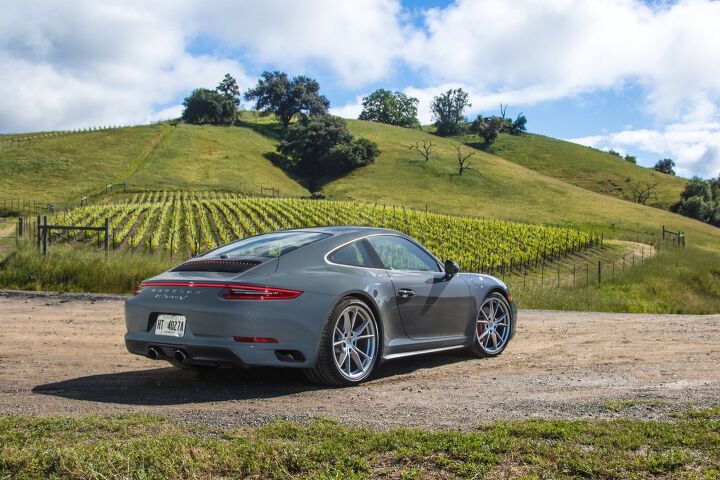



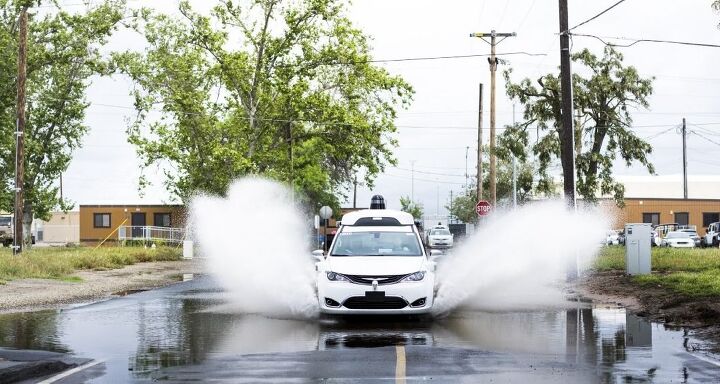
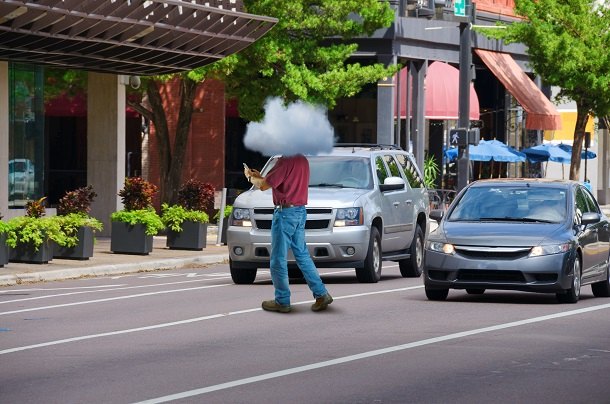





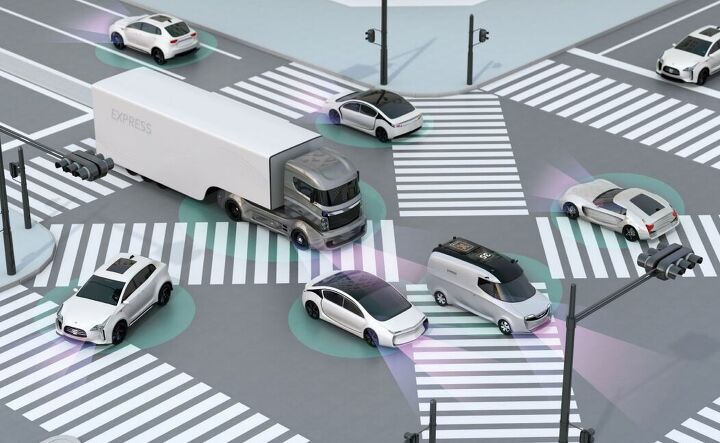
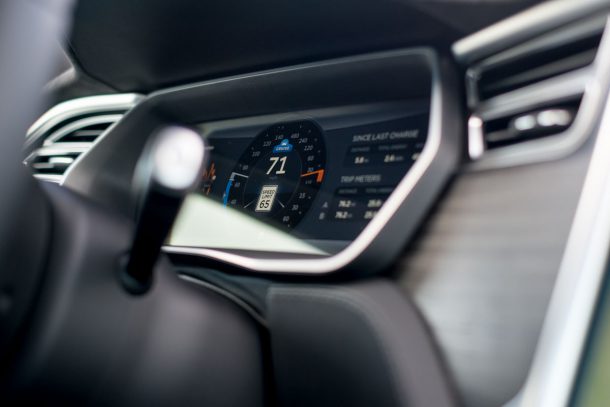
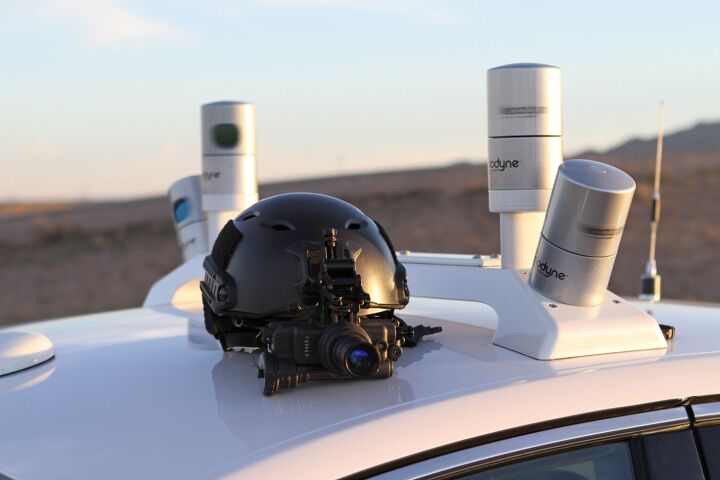













Recent Comments